Beginning in the spring of 1643, Hopton's five Cornish regiments had defeated the Parliamentarian forces on Cornwall's border and were soon marching through neighboring Devon. By July, Hopton had led his forces in two battles, one at Crediton and at Landsdowne, where Hopton was injured. In 1644 Hopton, successfully defended Devizes from an attack by William Waller's forces and two years later he had taken up a defensive position in the Devon town of Torrington.
A popular general, Thomas Fairfax, who was nearly twenty years younger than Hopton, had lead his troops to victory at the Battle of Nantwich in 1644, Naseby in 1645 and Colchester in 1648 and at thirty-two he had been appointed Commander in Chief of the New Model Army.
The Battle of Torrington marked the end of Royalist resistance in the West Country.
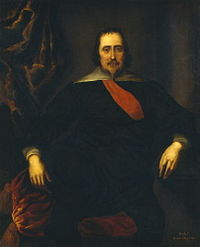
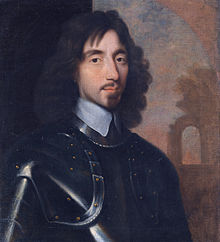
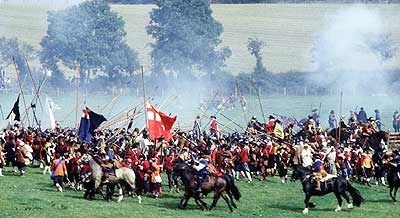
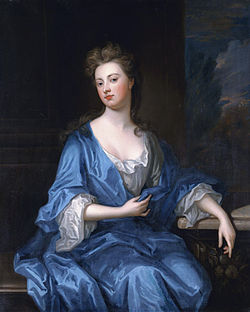
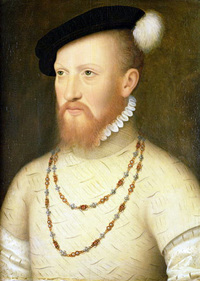
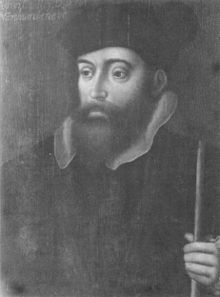
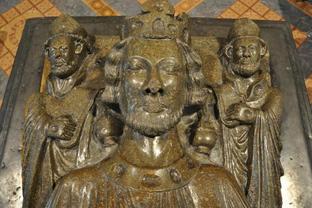
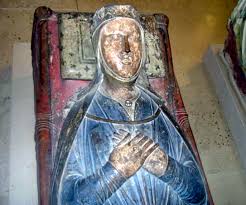
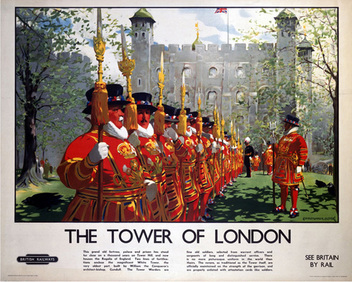
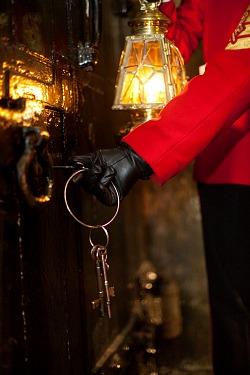
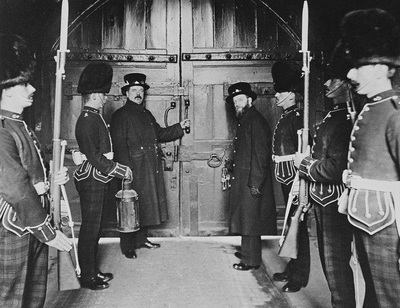
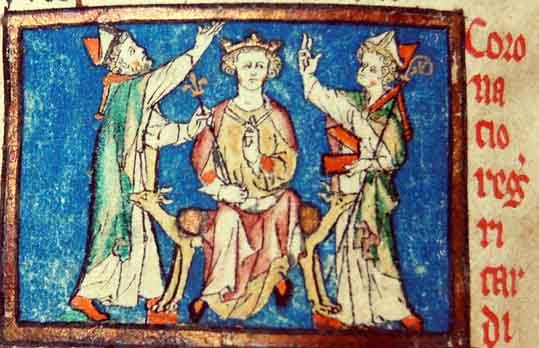
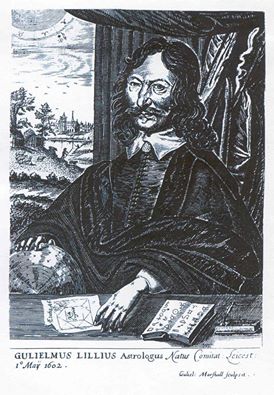
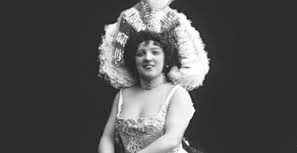
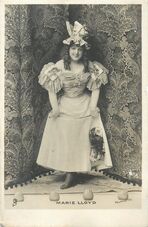
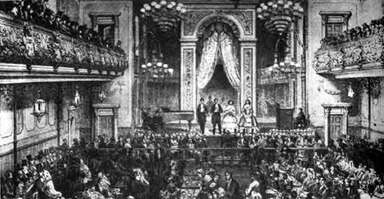
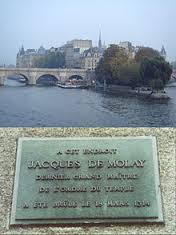
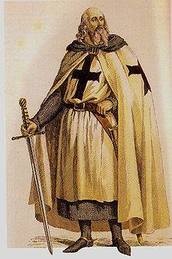
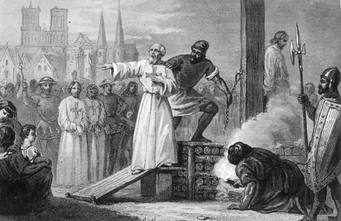

 RSS Feed
RSS Feed
